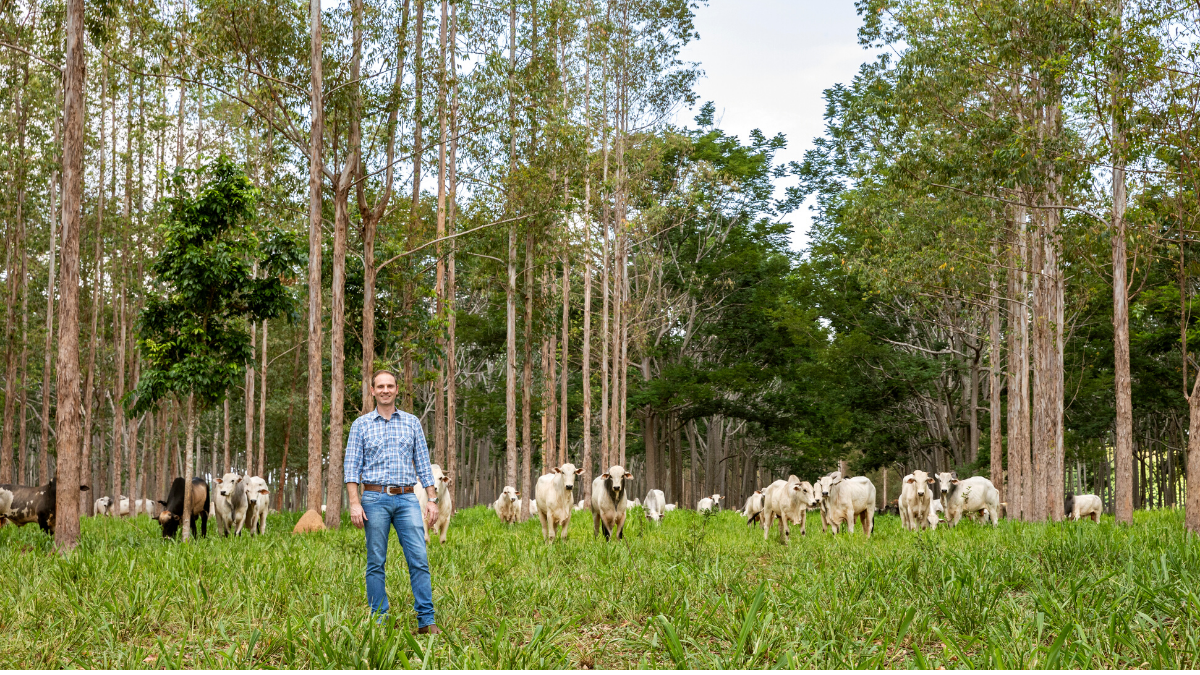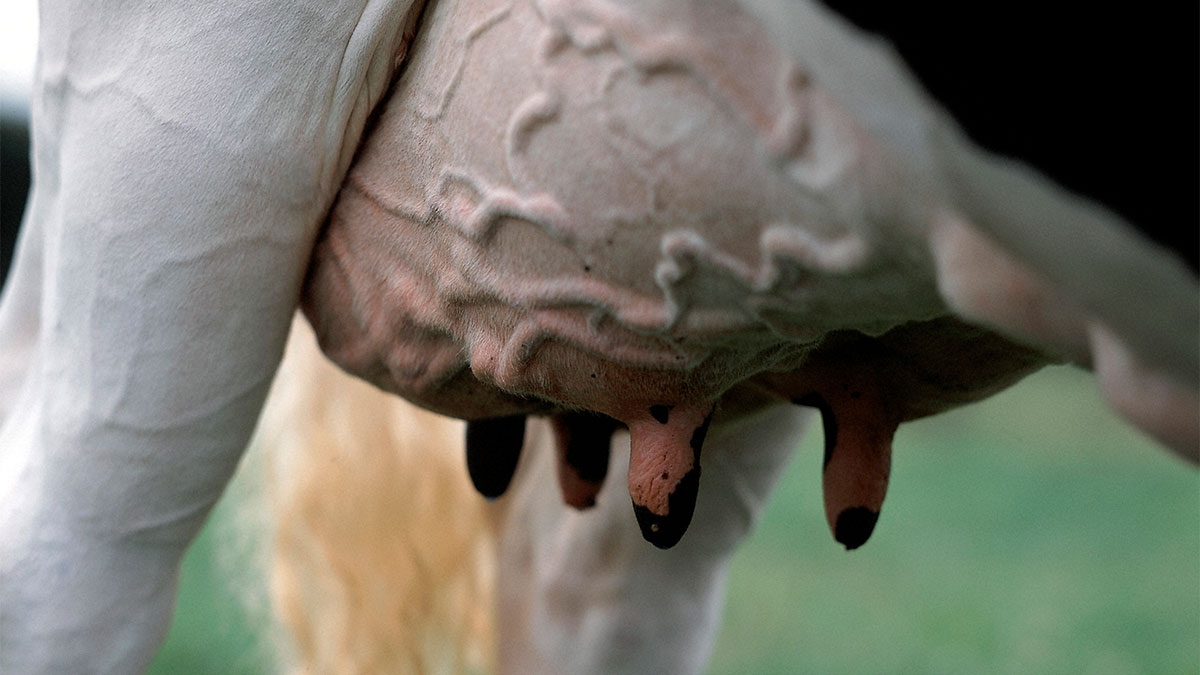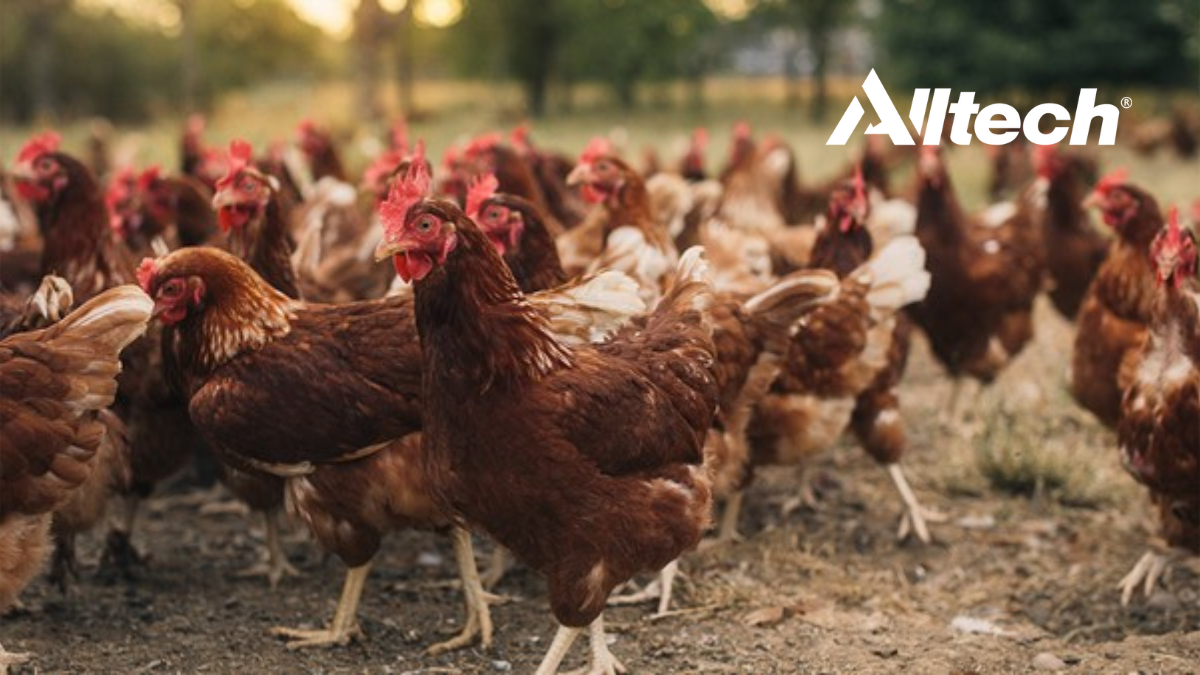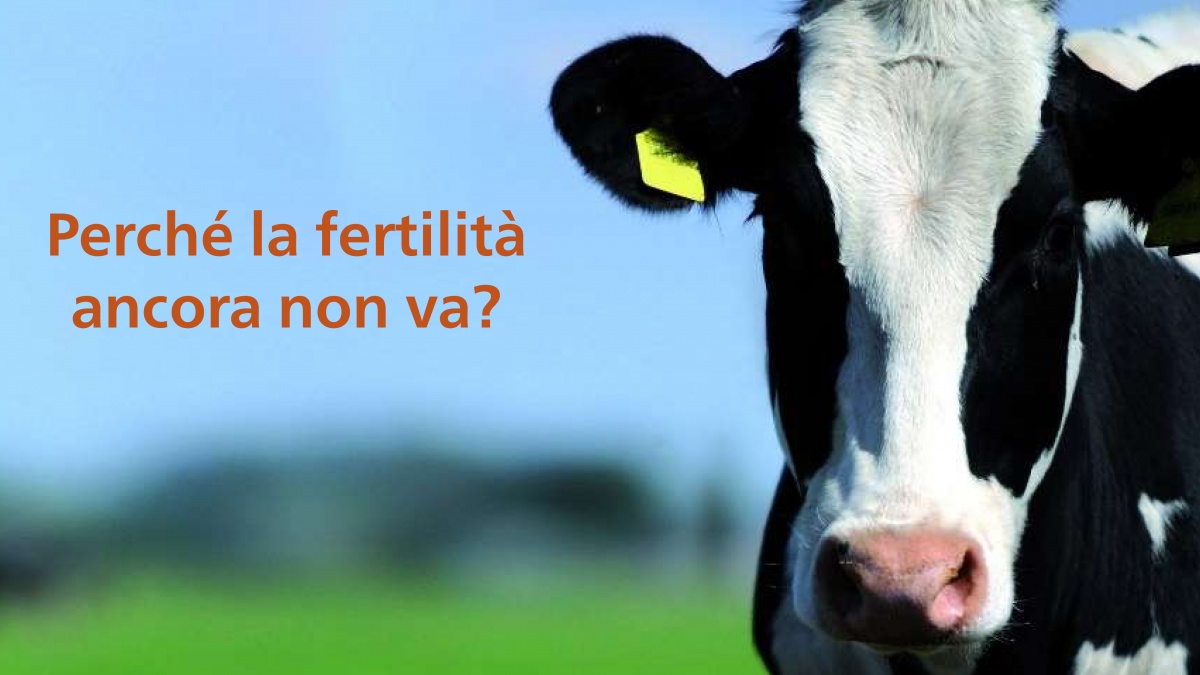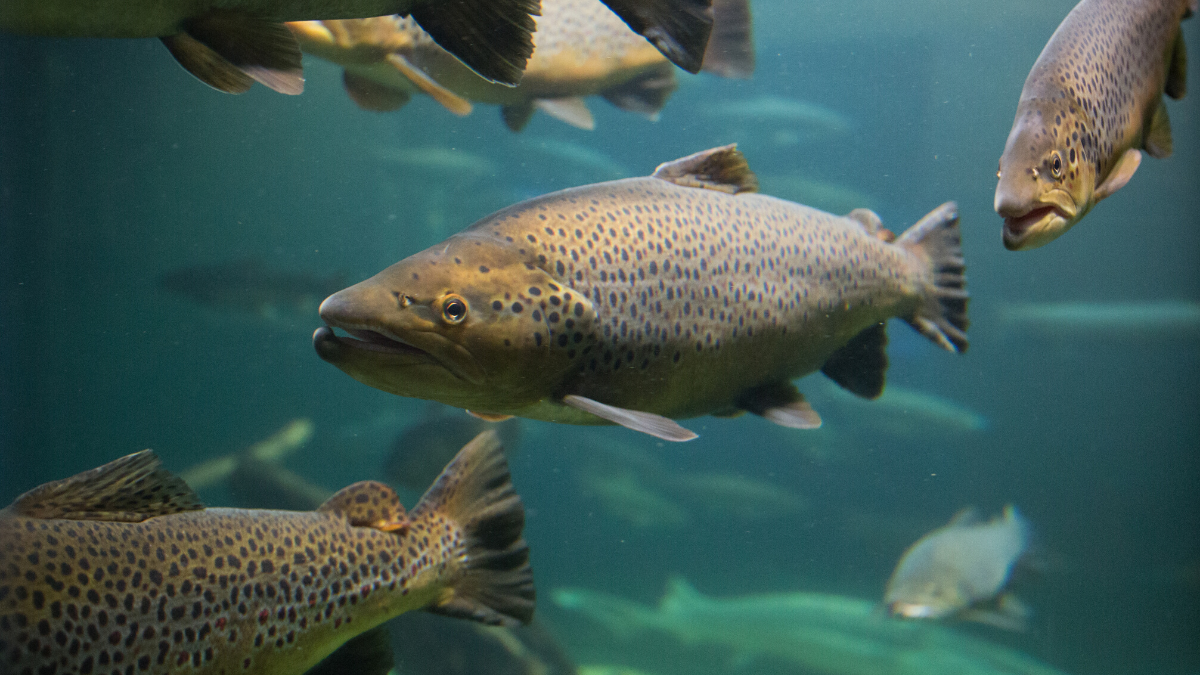Dr. Brian Fairchild: Making a poultry house a home
Better lighting, nutrition and air quality can greatly contribute to alleviating many of the health issues we commonly witness in poultry production. How can we implement these modern poultry housing system enhancements across the industry to improve the quality of the birds in a sustainable way that also conserves energy? Dr. Brian Fairchild, poultry scientist at the University of Georgia, discusses housing designs and current marketing trends in broiler house management.
The following is an edited transcript of Kara Keeton’s interview with Dr. Brian Fairchild. Click below to hear the full audio.
Kara: I'm here today with Dr. Brian Fairchild, a professor and extension poultry scientist with the University of Georgia. Thank you for joining me today, Dr. Fairchild.
Brian: Thank you.
Kara: I'd love to know what inspired you to pursue a research career in poultry management and science.
Brian: Well, that's kind of a long story, but I grew up on a poultry farm. We only had one two-story house in North Carolina. My dad was working for Holly Farms at the time in the processing plant as an assistant plant manager. My grandmother worked there on the debone line, and so when I went to school, I had the intentions of being a veterinarian, but along the way, I started working in a turkey physiology lab and discovered the world of research and education and working with students and growers and just changed my career path down that avenue.
Kara: So, you really enjoy that interaction with the farmer and with your students and sharing with them about the poultry industry.
Brian: I do. As a matter of fact, a good week is if I'm on farms two or three days a week.
Kara: That's wonderful. That really ties into your interest in broiler management. Explain how your research has led to looking at the operations of housing impacts on the success of a poultry farm.
Brian: The goal of our research at UGA — there's a team; it's myself, Michael Czarick, who is an ag engineer, and we’ve got our students that work in our lab, a series of grad students. Our goal is to improve poultry house environments and conserve energy. All of the techniques that we've been trying to do, over the last 20 years that I've been involved with (it), have been to try to come up with techniques that are relatively low-cost to implement and give a quick return on investment while making that house energy-efficient. So, what we're trying to do is improve the environment for the bird but, at the same time, conserving as much energy as we can, since the growers, in most cases, are paying for those utilities.
Kara: Bottom-line is always a big issue for the farmer, as we all know. When you're looking at operations of a poultry house, one of the things that I've always read about and actually experienced is, of course, we all need healthy fresh air, but there are other components that are critical in the operations of a poultry house: fresh air, heat, air movement. Why are these so important, and how can farmers take existing housing and maybe make improvements and incorporate these in to make a house more efficient and conserve energy and make a better environment for the birds as well?
Brian: Well, those are correct. The temperature is obviously — I think people have really focused on that, and we do a very good job of meeting very specific temperature profiles during the life of that flock, but we do not do a very good job of controlling the relative humidity. We need to really have specific goals for relative humidity and try to hit those just as accurately as we do with our temperatures to improve that environment for the flock, because the relative humidity and the litter quality or the bedding material quality is going to be directly related; the higher the relative humidity, the more damp your floor conditions will tend to be. That can lead to footpad lesions. It can lead to higher microbial activity, more challenges, higher ammonia output — again, a challenge to the birds.
What we're trying to do is just minimize those challenges that that bird has to face so that it doesn't have to use its resources to alleviate the environment or alleviate a stress. What we're trying to do is to have all those resources, the energy it's taking in from feed, (go) to growth and development, whether it's broilers for meat production, breeders for hatching egg production or layers for table egg production.
Kara: Well, of course, weather and different seasons can impact that. I know that there are amazing apps out there now for farmers so that you don't have to be in the house every moment to read the changes. Can you tell me a little bit about your research and, possibly, research that you've done and others have done there at the University of Georgia to address these concerns and develop technological approaches to helping farmers?
Brian: What we do is we scan the different technology areas to identify tools that can be implemented at the farm level, economically and efficiently, and provide a payback for that return on investment for that grower.
We're just out constantly looking for new ways to implement this. Now, what's happening right now is we're seeing technology prices come down to a level now that agriculture is really starting to use it. We're getting into precision farming and other types of agriculture when it comes to road crops, so now, we're starting to see more opportunities for implementation of these technologies there. The environmental controller companies have got a whole host of environmental monitoring opportunities there for people to use, whether it's putting (in) a laptop or a PC and connecting that wirelessly to the houses so that they can look at that when they're in their office or sitting at home. Most of them now have got some kind of a phone app that will communicate wirelessly as well, and they can see temperatures. They can even make changes to their house settings based on what they're seeing on their phone.
What we've done along those lines — back to our whole ventilation, relative humidity and ventilation rates to control moisture — is we developed our app called the Chkminvent. Unfortunately, it's only available on iPhone, but basically, it's a moisture-balance calculator where you can plug in the amount of water that that bird is consuming that day, and it will calculate, based on the inside temperature and relative humidity targets, the outside temperature and relative humidity, and the amount of fan power that you're using to ventilate that day on how much you need to run that fan, so they can get a better hone-in on a more precise and accurate way of controlling that moisture.
I use that a lot of times. I keep it on my phone. I've got it on my iPad. When I'm doing farm visits and I see that somebody is not ventilating enough, I use it a lot of times to plug in those current conditions that we're standing in right then and there to show them that maybe we need to increase those ventilation rates 10%, 15% or whatever it needs that day.
Kara: How have farmers been responsive to this new technology? I know (that), sometimes, farmers have a tendency to not adapt as quickly. Some jump on the bandwagon right away. Where are the challenges you see facing the adaption of this technology in the poultry industry?
Brian: Actually, it's amazing how quickly they'll adapt. If it's something that will make their lives a little easier and give them more feedback — because, ideally, they would be visiting those houses every hour throughout the day, but we all know that's physically and logistically not possible for many people, so having that phone there and having those apps and those ways of looking to see what's going on inside of those houses on a more consistent basis throughout the day, throughout the week, is really going to give them the incentive to implement this. A lot of them surprise me when I go out and visit, how many people pull out their phone, or we go sit down in their office, which is very close to the houses, and they'll bring up a PC and we'll just start looking at data.
Kara: So, this not only helps them save time; it also is an energy-conservation approach to handling your poultry house operations, correct?
Brian: Yes. It could help with that, because if they're seeing something going on, they can fix it much quicker than waiting several hours to find out that an inlet got stuck opening and you have a heater that's running constantly, so you could see these little blips pop up on your phone — and they're going to get more sophisticated in the future. As these companies develop algorithms and they collect more data, they're going to be able to do better predictions of when there's something going on and be able to notify that grower of an alarm that something's not right and you need to go down there and figure out what's going on.
Kara: And this all comes back to the bottom line because, when you can address issues quickly, you save money in the long run, and it also impacts the health of the bird.
Brian: Which means a better, bigger return —
Kara: — for the farmer, and that is always a positive. With your work in extension and getting out on the farm, how do you see ways that we can implement these poultry housing improvements and operational improvements across the industry to better improve the quality of the birds and the success of our farmers?
Brian: That's a tough question because there are a lot of factors that are involved, from economics. All of these things are going to have a different investment, and people are going to be looking to see, "Okay, if I invest this much, how long is it going to take me to see a return or recoup that investment?" That's one factor that's going to be going into this. Others (are) going to be education, in a way — being able to demonstrate and help those people understand how this can help them improve their operation, improve their bird performance and, ultimately, their bottom line.
I know we've been saying how much it's going to help the grower. It will help the grower, but it's also going to help the companies as well, because the more efficient those birds are, the more efficient they are at converting feed into muscle, into bird. So, with that being our most expensive input into the live production side nowadays, companies are going to be just as interested in this. The integrators are going to be just as interested in this as those farmers are.
Kara: Well, we are lucky to have research specialists and extension specialists like yourself that are willing to work with our farmers and work with our companies to address these issues. Where do you see your research going a few more years down the road?
Brian: We are moving into trying to tie what the bird — that effective temperature. The effective temperature is what that bird actually is feeling. It's a combination of all the environmental factors that include air temperature, relative humidity, air movement, bird density. All of these things come together and affect that bird body temperature and what the bird is actually feeling.
So, what we've been doing and will continue to do over the next couple of years is trying to measure the actual bird body temperature in relation to those different environmental things — controlling the humidity better, doing a better job at keeping the birds evenly distributed, just do those types of management things. The other thing that we're working at is we're still looking at new technologies. We're going to start our third test farm with variable-speed fans to look and see how those can be implemented into broiler production or poultry production in general to conserve energy.
Kara: Well, that is wonderful, and best of luck to your future research. Thank you so much for joining me today. This was Dr. Brian Fairchild, professor and extension poultry scientist from the University of Georgia. Thank you.
Brian: All right.
Want to learn how you can improve your poultry housing?
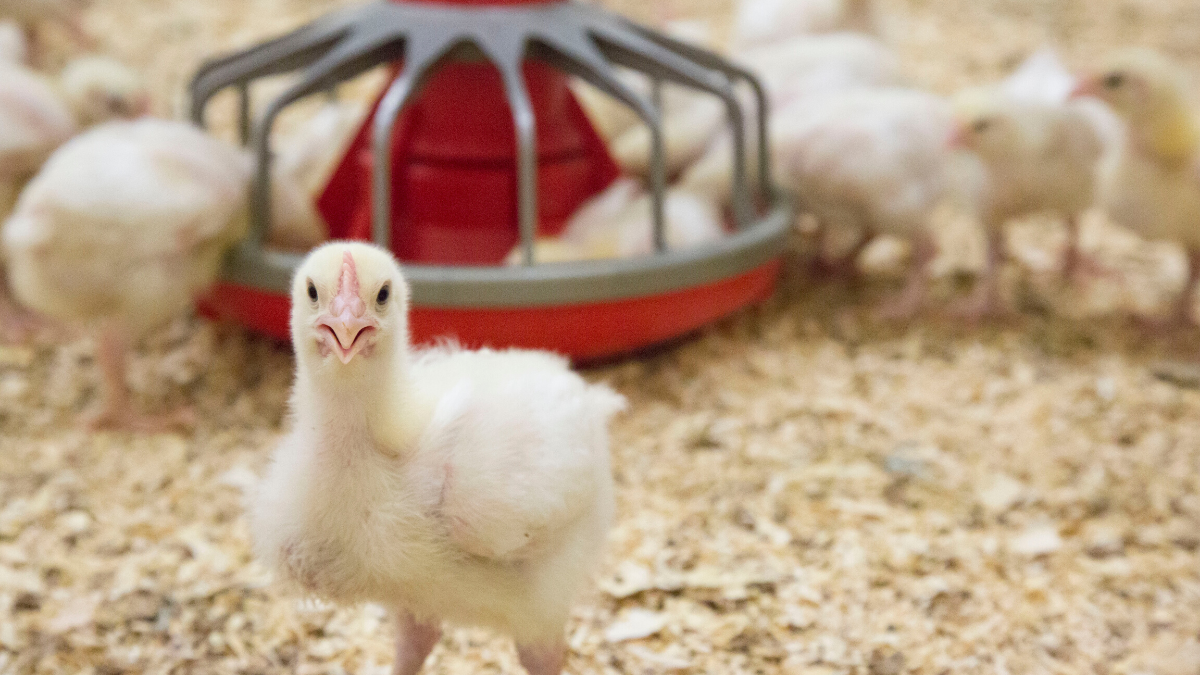
<!--[if lte IE 8]>
<script charset="utf-8" type="text/javascript" src="//js.hsforms.net/forms/v2-legacy.js"></script>
<![endif]-->
<script charset="utf-8" type="text/javascript" src="//js.hsforms.net/forms/v2.js"></script>
<script>
hbspt.forms.create({
portalId: '745395',
formId: '7046e5d7-6668-42e6-953d-45ac02f6a192'
});
</script>
Today’s technology allows poultry farmers to precisely and accurately create environments for their birds to thrive.













